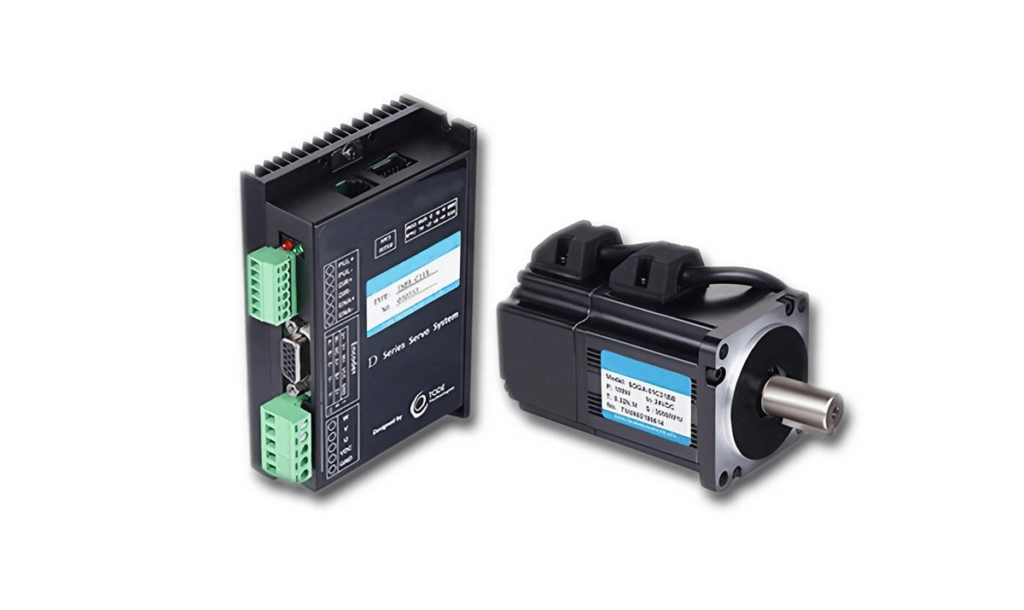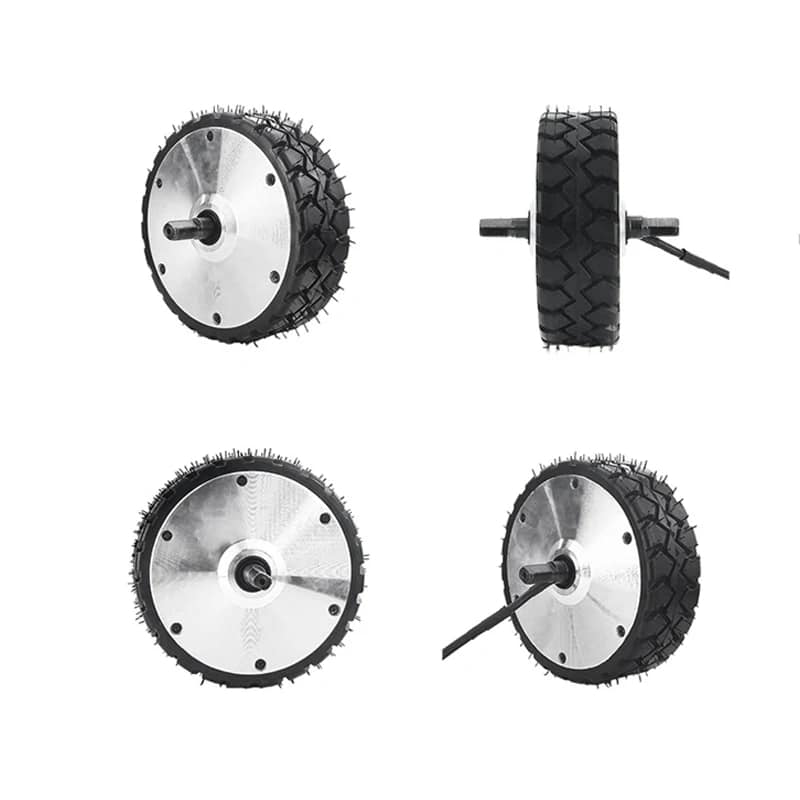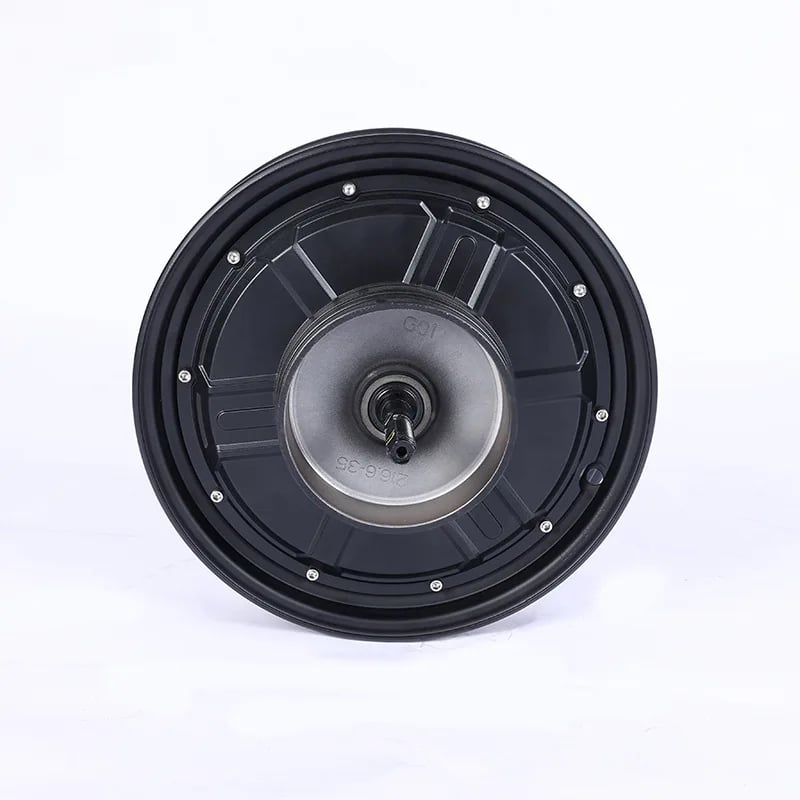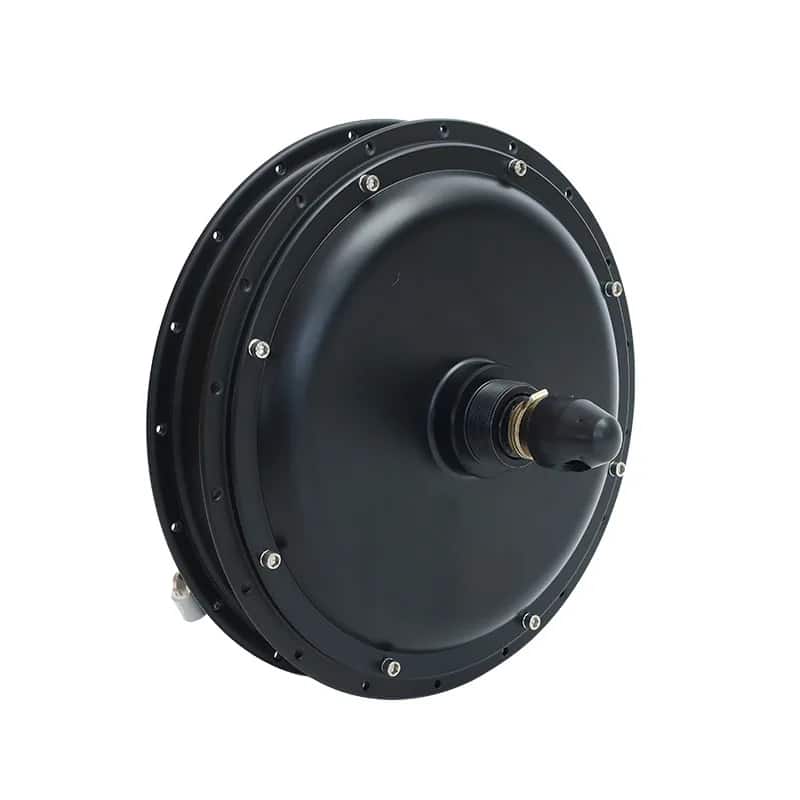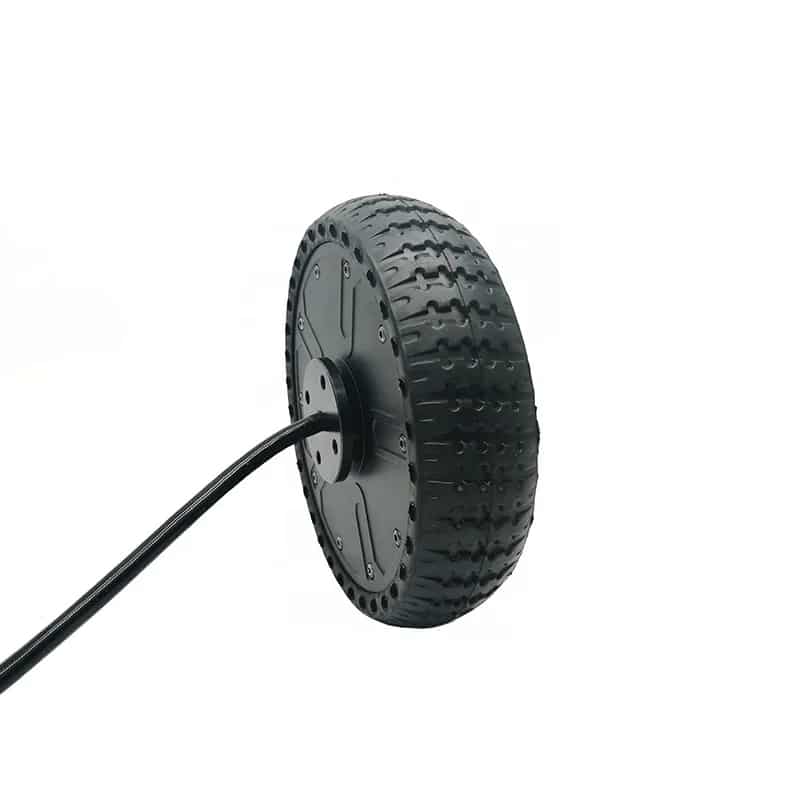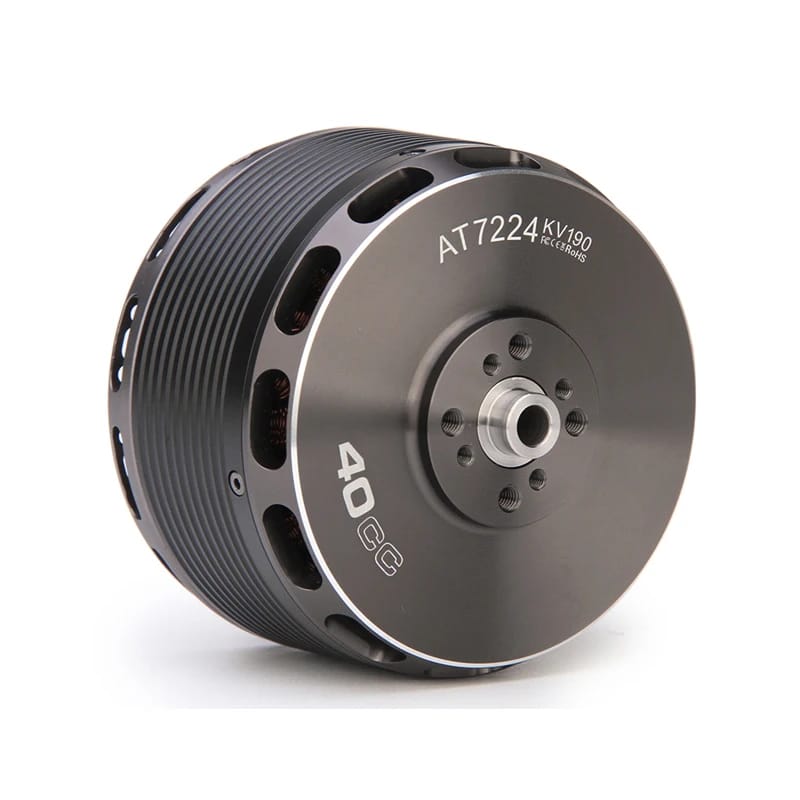Introduction:
In the realm of industrial automation, the closed-loop control system for low-voltage DC servo motors is a pivotal technology. In layman’s terms, “closed-loop” signifies a continuous cycle where the motor receives instructions and provides corresponding responses. This interaction is characterized by digital commands and data-driven responses.
Professional Perspective:
Within the field of industrial automation, low-voltage DC servo motors act as the execution mechanism for device actions. Upon receiving instructions from the upper-level computer or DC servo drive, these motors execute the corresponding movements. While the controller issues commands, verifying whether the low-voltage DC servo motor has reached its intended position requires the use of a motor encoder. The encoder provides real-time feedback on the actual operational state of the low-voltage DC servo motor.
For instance, if the command is to rotate the DC servo motor clockwise for two revolutions and then counterclockwise for two revolutions, a supervisory mechanism continually monitors whether the motor precisely follows these instructions. The encoder relays information such as rotational speed and the number of revolutions back to the motor controller. The controller, using this feedback, assesses whether the motor has reached the desired position. If not, the controller employs PID calculations to generate supplementary commands, prompting the servo motor to execute corrective actions. This iterative process continues until the motor reaches its designated position. In professional automation engineering terminology, this entire process is known as “closed-loop control of low-voltage DC servo motors.”
Application Example – AGV:
Consider the scenario of planning a production line involving a mobile automation device, commonly known as an Automated Guided Vehicle (AGV). When deciding on the motion execution mechanism, a choice must be made between using brushless DC motors without encoders and DC servo motors equipped with encoders. If brushless DC motors without encoders are chosen, achieving the desired functionality becomes considerably more challenging. These motors lack the capability to provide feedback on motor speed and rotational counts. Consequently, it becomes uncertain whether the motor has executed the instructed actions.
On the other hand, opting for DC servo motors with encoders allows for precise feedback on the motor’s actual operation. When a command is issued to the motor, the real-time data provided by the encoder informs the controller about the motor’s speed and the number of rotations. If the DC servo motor fails to reach the desired position, the controller issues corrective commands until the task is completed.
Conclusion:
As automation technology continues to advance, the demand for precision in the execution of DC servo motors is increasing. The encoder, as an integral component, plays a crucial role in ensuring accurate closed-loop control of low-voltage DC servo motors.
For further inquiries or clarification, feel free to reach out to Dongguan Faradyi Technology Co., Ltd.

